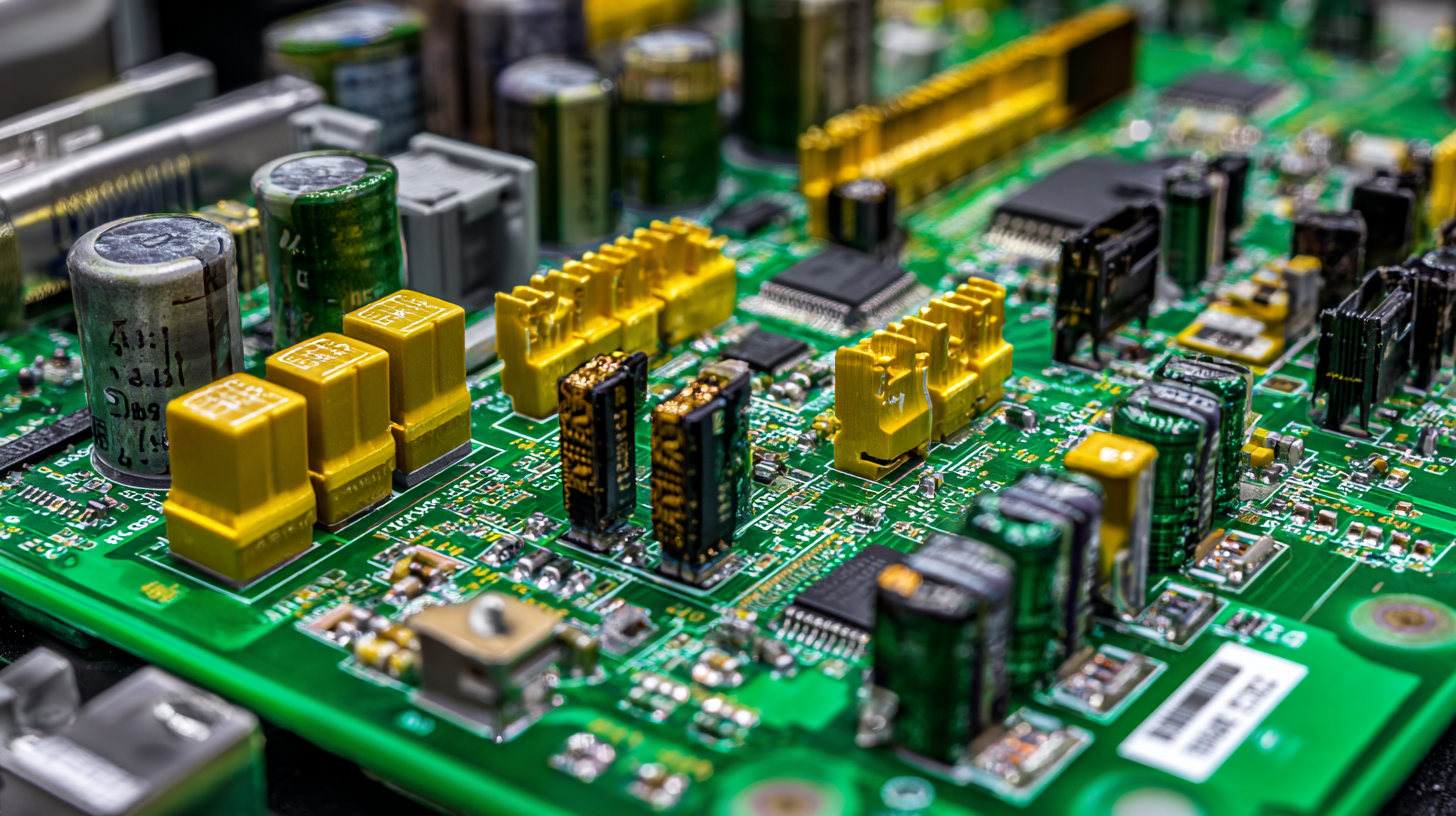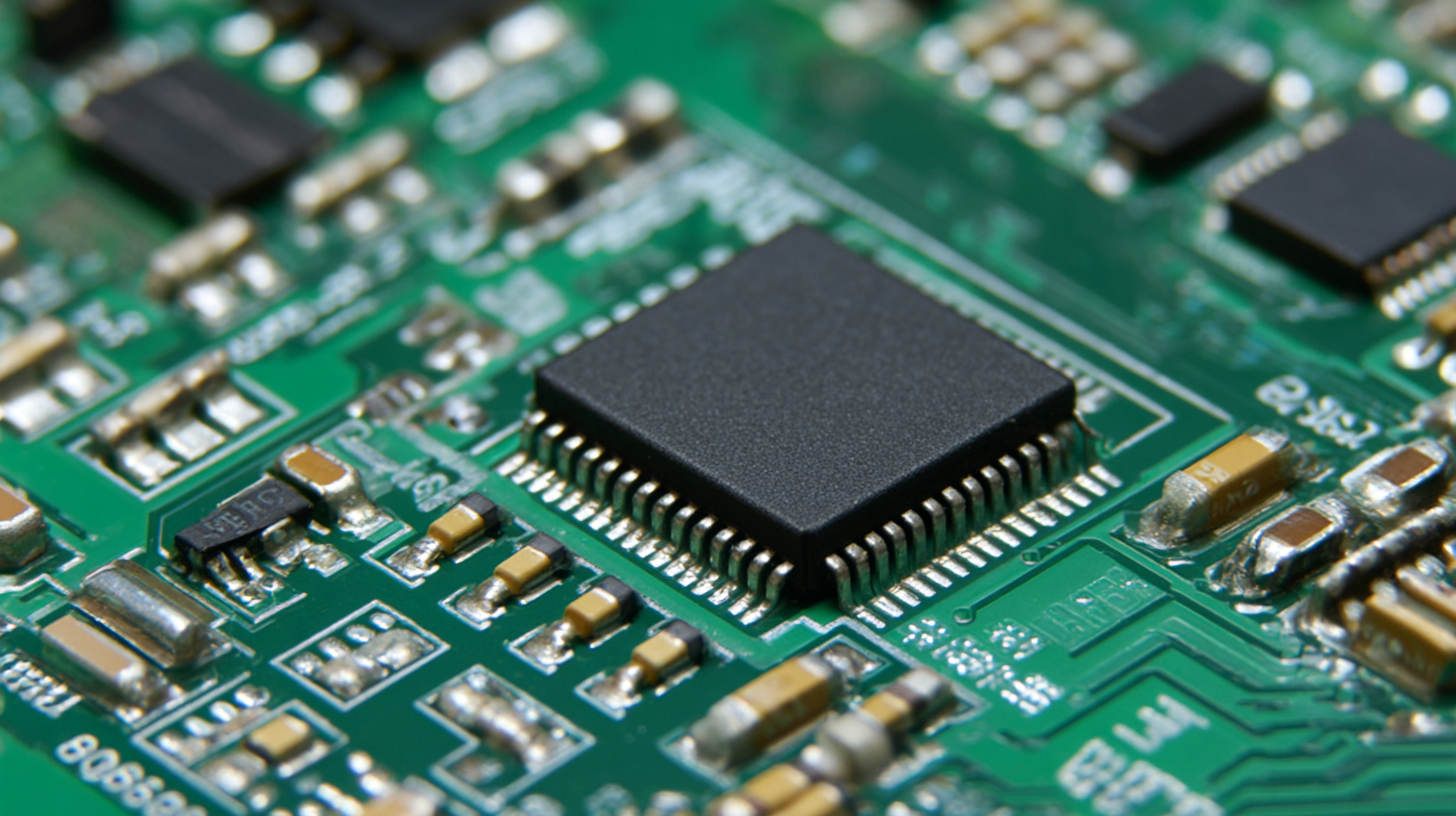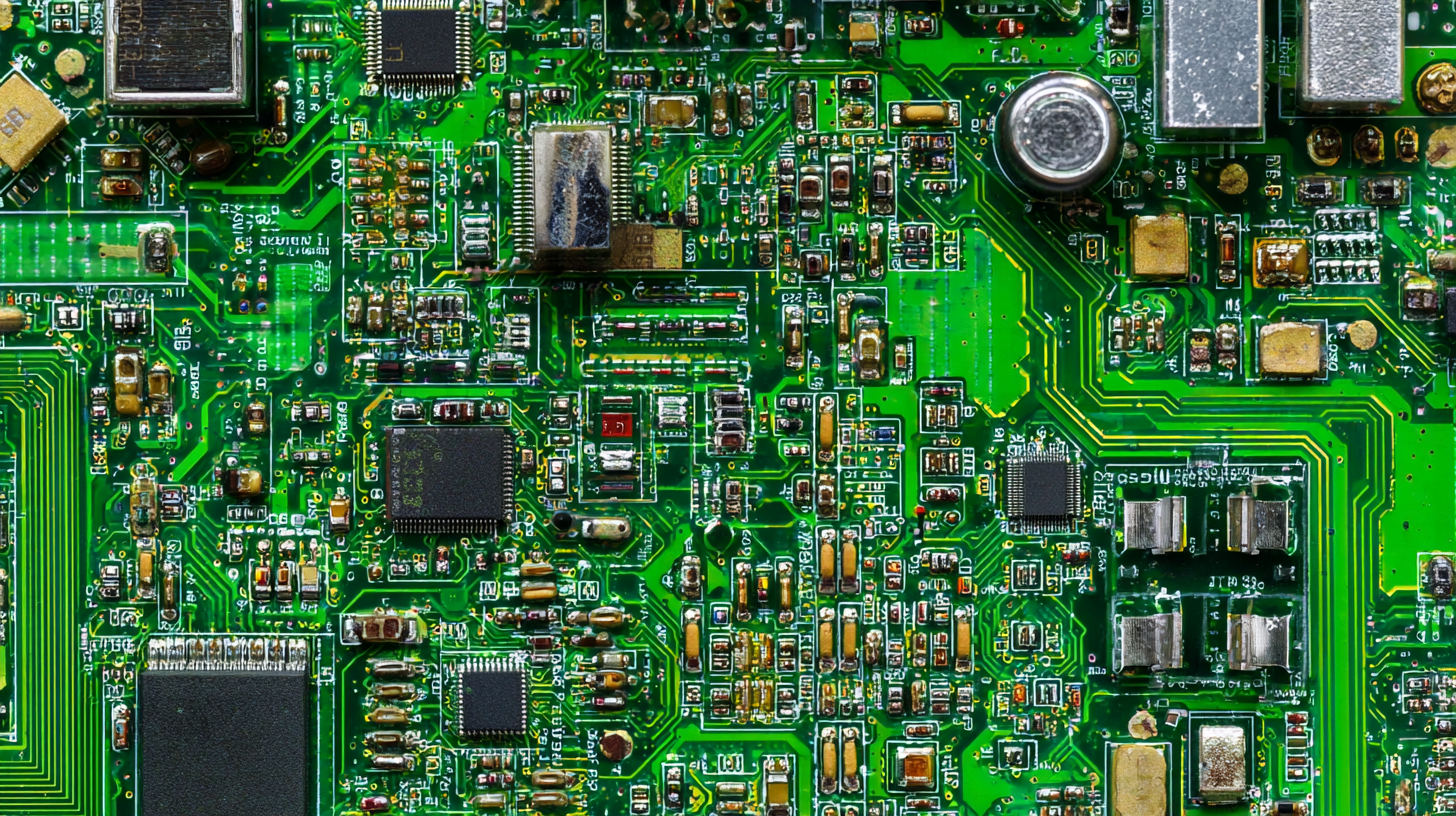JHY PCB Blog Hub
Your Source for Expert PCB Design, Manufacturing, and Assembly Insights – Stay Informed with 2025 Trends!
Maximizing After Sales Support and Minimizing Repair Costs with Best PCB Prototype Board Solutions
In today's rapidly evolving technological landscape, businesses are increasingly recognizing the importance of optimizing after-sales support while minimizing repair costs. One critical aspect of this process is the effective use of PCB prototype boards, which serve as essential tools in the development and validation of electronic products. As we look towards the industry trends projected for 2025, understanding the top strategies for leveraging PCB prototype boards can provide organizations with significant competitive advantages. By focusing on high-quality prototypes that streamline production and enhance reliability, companies can ensure a smoother transition from prototype to production, reduce overall repair costs, and improve customer satisfaction. This blog will explore the latest innovations in PCB prototype board solutions and how they can be harnessed to maximize after-sales support, ultimately paving the way for more robust and efficient electronic products.

Understanding Industry Import and Export Certifications for PCB Prototyping
The importance of understanding industry import and export certifications cannot be overstated for businesses involved in PCB prototyping. In today's globalized economy, companies must adhere to various certification standards to enhance their competitiveness and ensure compliance with regulations, especially when engaging in cross-border trades. According to recent reports, the electronics industry in India alone is projected to reach a staggering value of US$ 1.75 trillion, highlighting the burgeoning market for PCB manufacturing and prototyping. Companies wishing to tap into this growth must ensure they meet the relevant certifications, which can facilitate smoother entry into international markets.
Additionally, the Dominican Republic is positioning itself as a potential player in the global semiconductor and PCB value chains. With an emphasis on enhancing awareness among global investors, the country aims to attract advanced electronics manufacturing through strategic initiatives. For companies interested in PCB prototyping, understanding and obtaining the necessary certifications can significantly impact their operations, allowing for increased efficiency and reduced costs in both production and after-sales support. As the landscape of the electronics industry continues to evolve, being well-versed in certifications will be crucial for maintaining a competitive edge.
Maximizing After Sales Support and Minimizing Repair Costs with Best PCB Prototype Board Solutions - Understanding Industry Import and Export Certifications for PCB Prototyping
| Certification | Importance | Cost Implication | Repair Rate (%) | After Sales Support Quality |
|---|---|---|---|---|
| ISO 9001 | High | Low | 5% | Excellent |
| UL Certification | Moderate | Moderate | 10% | Good |
| RoHS Compliance | High | Low | 3% | Excellent |
| CE Marking | High | Low | 4% | Very Good |
| FCC Certification | Moderate | High | 15% | Fair |
The Impact of Certification on PCB Prototype Quality and Customer Satisfaction
When selecting PCB prototype solutions, the impact of certification on quality and customer satisfaction cannot be overstated. Certified PCB manufacturers adhere to stringent industry standards, ensuring that their products meet or exceed expectations. This certification process typically involves rigorous testing and verification, which directly translates to fewer defects and improved reliability. As companies increasingly seek to minimize repair costs, investing in certified PCB prototypes becomes a strategic decision that pays off in the long run.
To maximize the benefits of certified PCBs, companies should consider the following tips: First, always request documentation of certifications from your PCB supplier. This transparency verifies their adherence to quality standards and reinforces trust in your partnership. Second, evaluate the manufacturer's track record for quality and customer service, as these factors significantly influence overall satisfaction. Lastly, tailor your communication with the manufacturer to ensure they understand your specific needs, leading to prototypes that not only meet technical specifications but also align with your business objectives.
Navigating Regulatory Requirements for International PCB Sourcing
Navigating international regulatory requirements for PCB sourcing is crucial for companies looking to enhance their after-sales support while minimizing repair costs. According to a report by IPC, the global electronics industry is expected to grow at a CAGR of 9% through 2025, leading to an increased demand for compliant PCB solutions. These regulations can vary significantly across regions, with stringent standards like the RoHS Directive in Europe and various UL certifications in North America. Companies must ensure their prototypes not only meet functional and quality expectations but also adhere to these regulatory frameworks to avoid costly penalties or product recalls.
Moreover, understanding the local regulations can significantly impact sourcing strategies. A study by the Global Electronics Council revealed that 65% of companies that prioritize regulatory compliance reported reduced operational costs in their supply chains. This statistic highlights the potential for decreased expenses associated with non-compliance issues, such as rework and increased lead times. By leveraging manufacturers that are well-versed in local regulations, businesses can secure PCB prototypes that not only enhance product reliability but also align with international standards, ultimately leading to improved customer satisfaction and lower repair costs.

Cost Management Strategies in Certified PCB Production
Cost management in certified PCB production is essential for businesses aiming to maximize after-sales support while minimizing repair costs. One effective strategy is investing in high-quality materials that ensure the durability and reliability of the PCB prototypes. Although the initial costs may be higher, the long-term benefits of reduced failure rates and lower repair expenses can significantly offset these expenditures. Companies should evaluate the trade-offs between quality and cost and prioritize long-lasting solutions that enhance product performance over time.
Another crucial aspect of cost management is optimizing the production process. By employing advanced manufacturing techniques and automation, companies can streamline operations, reduce waste, and lower labor costs. Implementing a rigorous quality assurance program throughout the production cycle also helps catch defects early, preventing expensive repairs down the line. Ultimately, a proactive approach to cost management not only safeguards a company’s financial health but also strengthens customer satisfaction through reliable after-sales support.

Enhancing After Sales Support through Compliance and Quality Assurance
In today's competitive electronics market, enhancing after-sales support is essential for fostering customer loyalty and satisfaction. One of the key strategies to achieve this is through stringent compliance and quality assurance practices. By adhering to industry standards and regulations, companies not only demonstrate their commitment to quality but also ensure that their PCB prototypes are reliable. The implementation of robust quality control measures at every production stage—from design to testing—helps to identify potential issues early, allowing for timely interventions and reducing the likelihood of costly repairs.
Furthermore, an emphasis on quality assurance facilitates better communication with clients regarding product performance. When customers are confident that their PCB prototypes are compliant with the necessary standards, it reduces the number of returns and replacements. This trust leads to improved relationships and can significantly enhance after-sales support. Companies that prioritize compliance and quality assurance are better positioned to provide responsive support and solutions tailored to their clients’ needs, ultimately minimizing repair costs and maximizing customer satisfaction.










